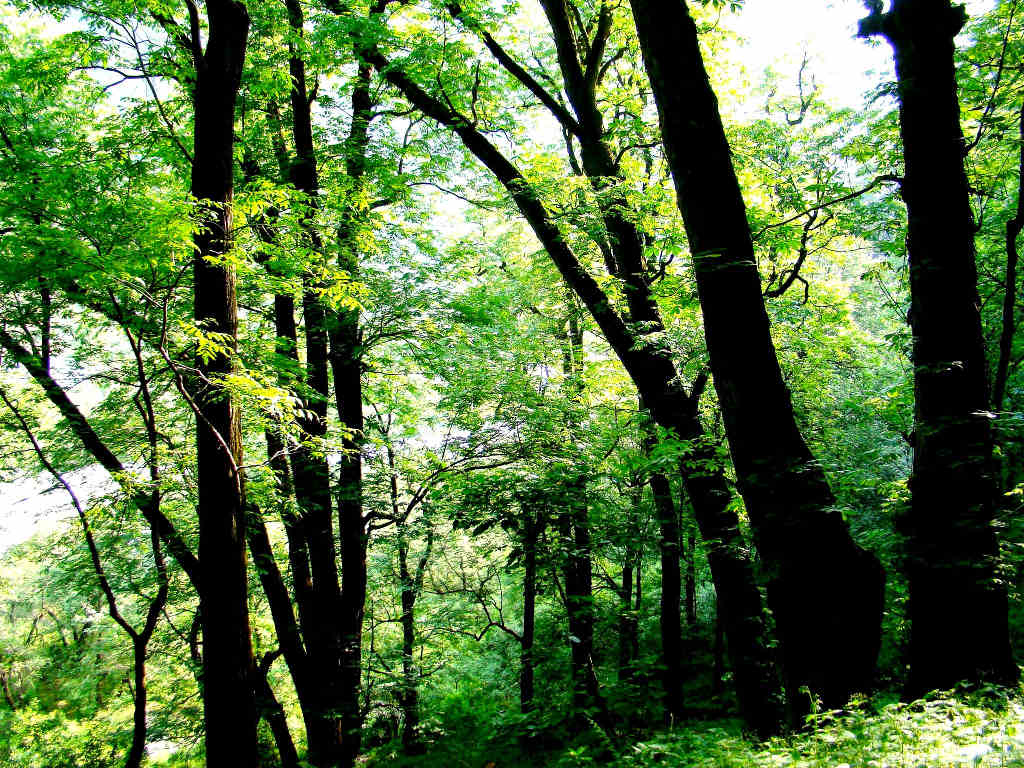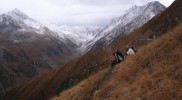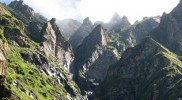
Rock and Soil
Rock and Soil
The underlying rock formations found in GHNP are quartzites, schists, phyllites, dolomites, limestones, shales, slates, gneisses and granites. These play an important role in the formation of soils and are responsible for a variety of coniferous and broad-leafed vegetation.
Quartzites produce sandy soils after disintegration, whilst granites, schists, shales and gneisses produce loamy and sandy-loam soils. The physical contents of soil derive from the weathering of underlying rocks, but the mineral and organic contents are influenced by climatic conditions, vegetational cover and a host of other factors which, in turn, determine the type of vegetation found in a broad climatic zone.
Alluvial soils are the result of erosion, mainly by water and landslides, during which weathered material is transported and deposited away from its point of origin. Such soils are found along riverbanks and in river basins. Underlying rock plays barely any role in influencing the vegetation found on alluvial soils.
Podsolic soil generally supports conifers in the Himalayas. Acidic by nature, it is covered with a thick layer of humus which does not decompose due to low temperatures and short summers.
Brown forest soil is formed under broad-leaved vegetational cover. Its humus is PH neutral and it does not form thick layers.





